Configure Scenario
After installing the qTest Scenario plug-in, you must configure the Scenario settings on a per project basis to use Scenario in that project. The configuration will allow you to link your Jira project, Scenario, and your Git repository. The first time you use qTest Scenario, you will be prompted to enter your Git username and password and select your preferences.
The user must be a collaborator on that Git project, and the administrator must grant them push access. Currently, Scenario integrates with:
-
Bitbucket
-
GitHub
-
GitLab
When integrating with GitLab, you must use a Personal Access Token instead of a password. To learn how to retrieve your Personal Access Token, refer to this article.
Configure Scenario
-
Open your Jira application.
-
Select the Jira Project for which you would like use Scenario.

-
Navigate to the Settings tab for the Jira project.
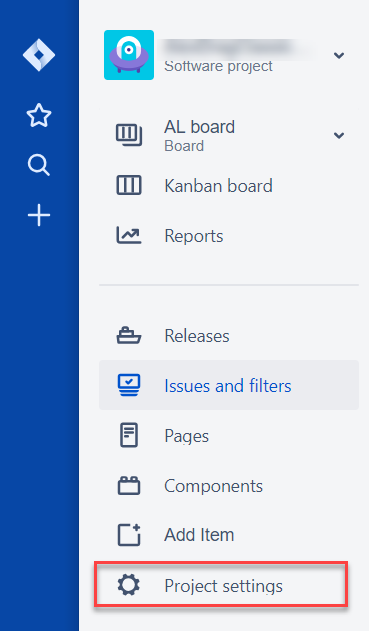
-
Scroll down within the Jira Project settings, and select qTest Scenario.
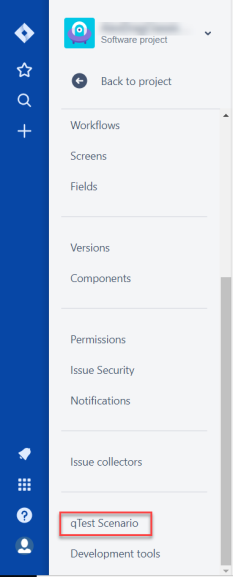
-
The Project Settings page displays.
The webhook displayed here is your Scenario webhook. You will use this to connect to your Git Repository. The picture here shows an Enterprise Settings tab. Please note that this will not show up unless you have enabled Enterprise Features. More on this in the Enable Enterprise Features section.
Project Settings
-
Select Configure your Project.
-
The Configure Your Project Settings dialog displays. Input the following:
Git Repository URL
Git Provider: Choose the appropriate server environment
Feature File Folder: Provide the directory path for the highest level feature file directory.
Feature File Extension: Choose either the .feature or .story extension.
Git Username
Git Password
If you are using SSO, your Git Password will be your Git API Token instead of your personal Git Password.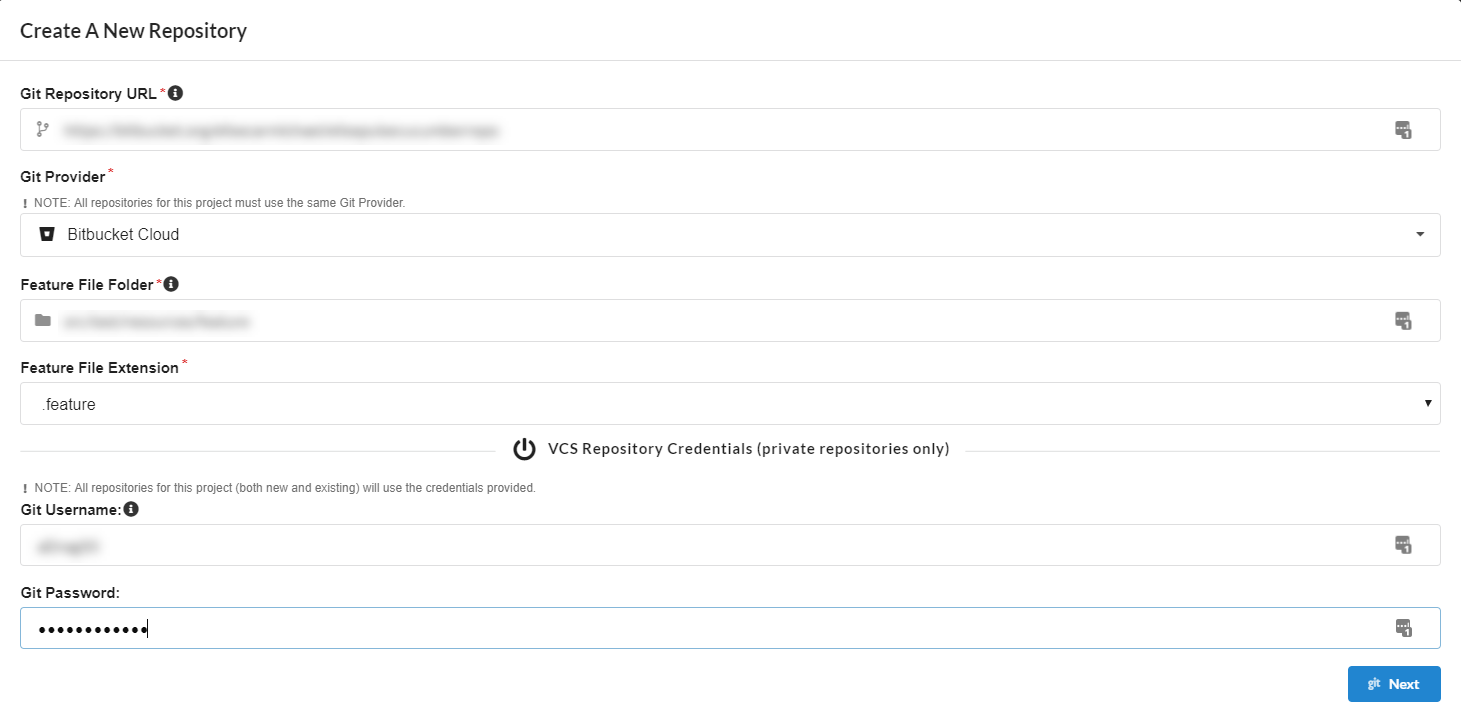
-
Select Next, and choose your Default Branch to commit your code. This is the repository code branch where your features files will be entered.

-
Select Next, and choose your Editor Issue Type. The issue type selected here will be the default for the Scenario Gherkin editor.
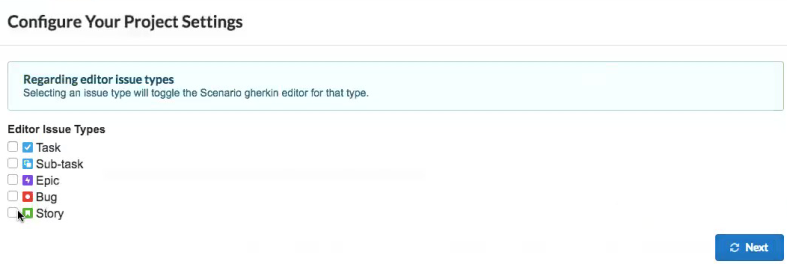
-
Select Next, and you will receive a message validating your setup is complete. Save.
-
Now your Scenario application is configured with your Jira application.
Enable Enterprise Features
Select the Enable Enterprise Features icon if you are using a private repository and the paid version of Scenario.

-
Enter the following:
-
qTest Domain
-
qTest Username
-
qTest Password
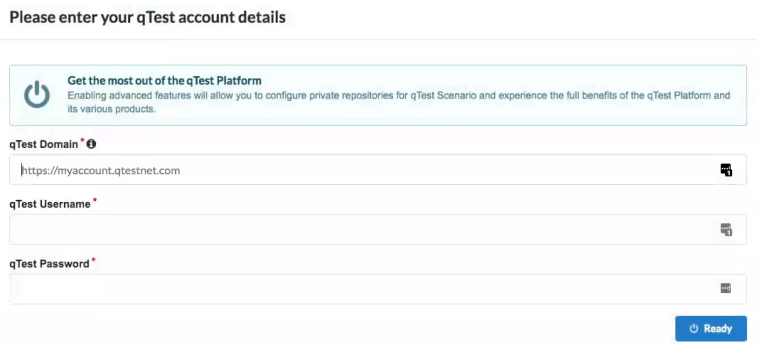
-
-
Select Ready.
-
Your Enterprise Features are now enabled for qTest Scenario, and you will have an Enterprise Settings tab within your Scenario plug-in.
Enterprise Settings
To access these settings, select the Enterprise Settings tab right next to the Project Settings tab.

Input the following information:
-
qTest Domain: Enter your qTest Pulse URL
-
Scenario Project Id: This is unique for each Jira project configured with Scenario. You will input this as a Pulse Constant.
-
Actions: Used to configure Scenario with the Trigger Jenkins Pulse Rule. To add a new Action, do the following:
-
Select the New Action icon.
-
Ensure the Active check-box is selected.
-
Name the Action.
-
Input the Webhook Endpoint which is the Pulse Event webhook associated with the Pulse Rule you are configuring with Scenario.
-
Save.
-